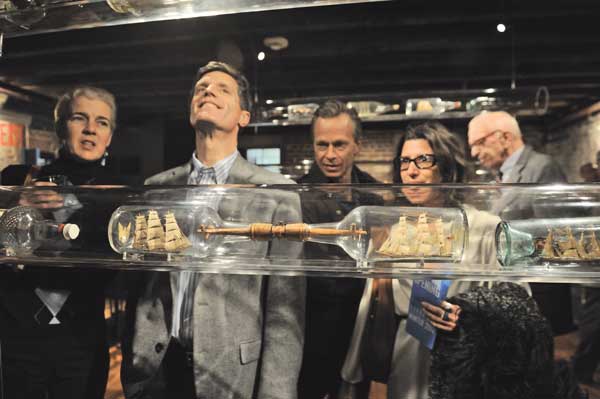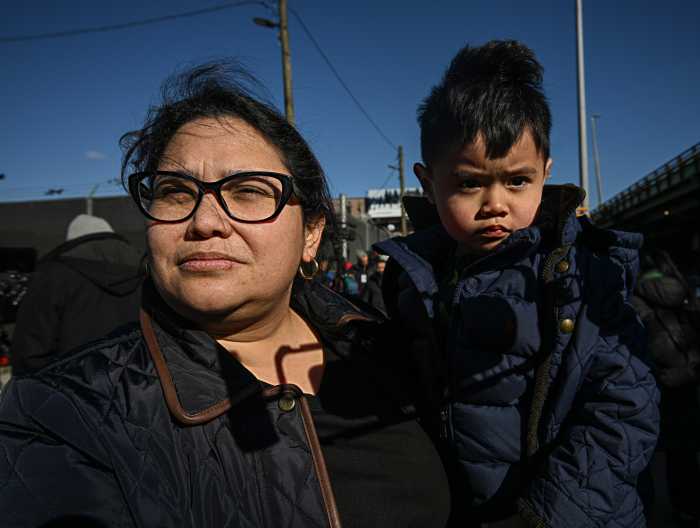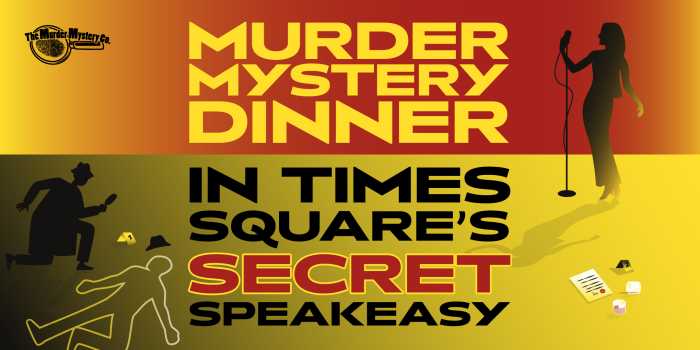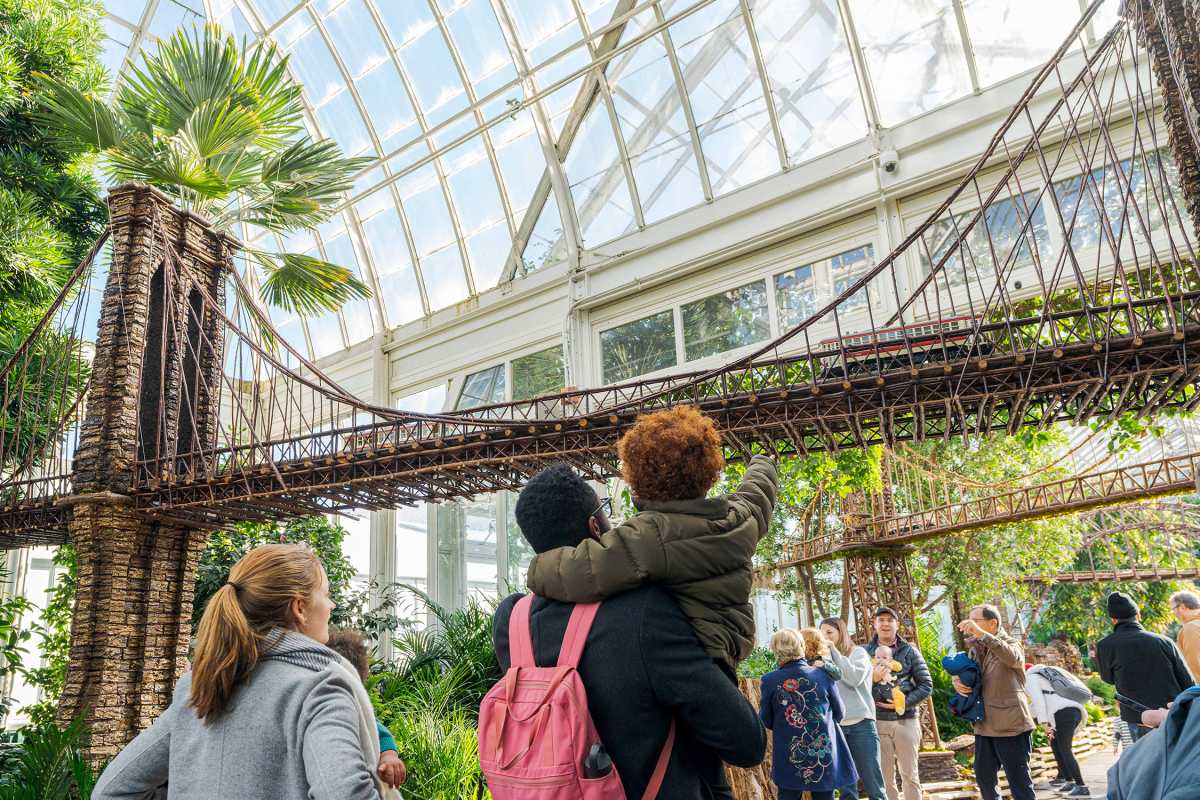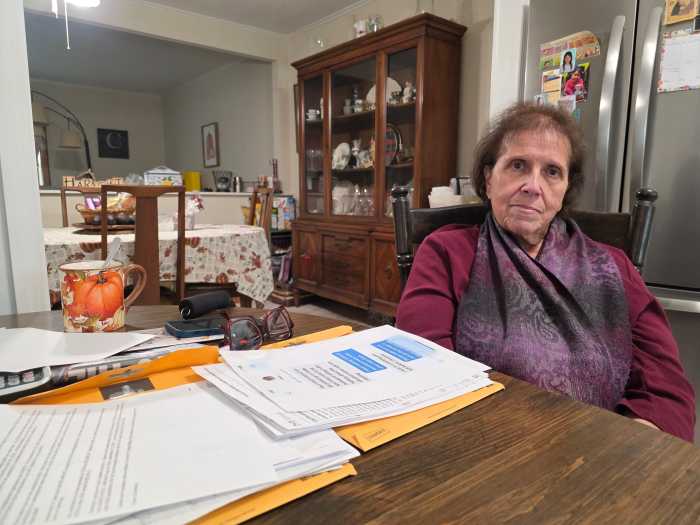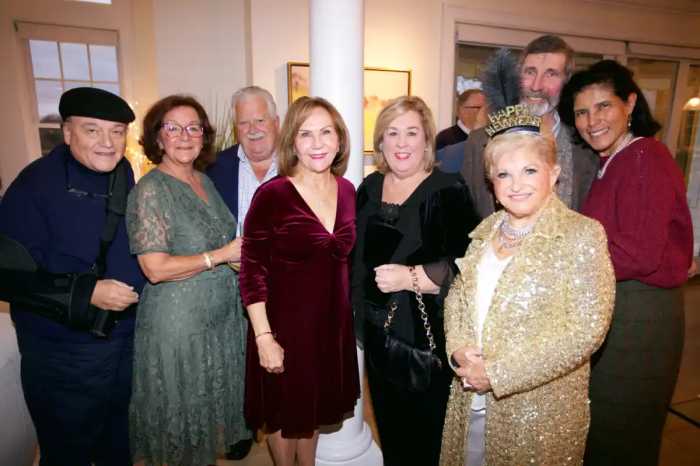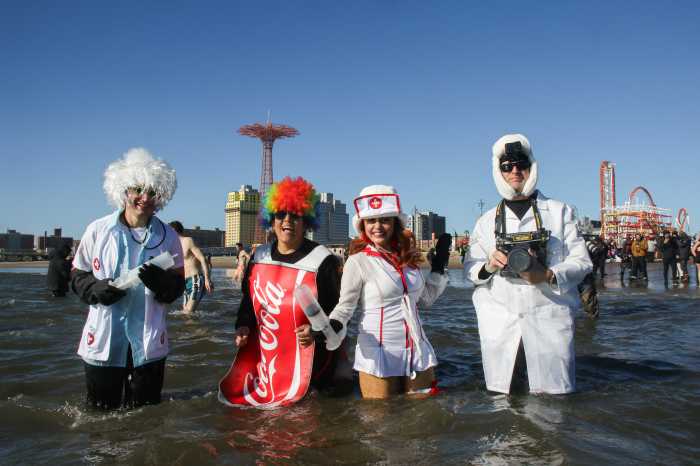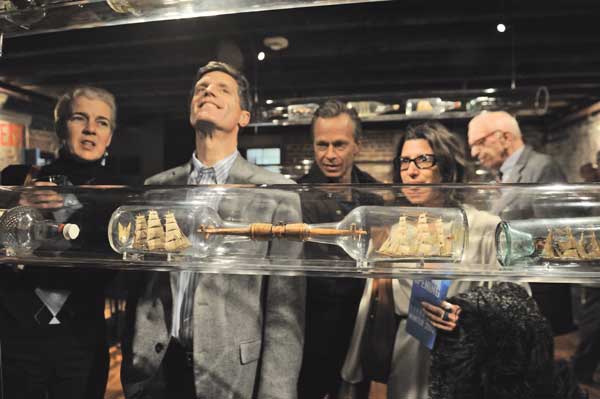 [/media-credit]
[/media-credit]
“I was amazed by the breadth and scale of what the Museum of the City of New York team accomplished in just a few months,” said Community Board 1 member George Calderaro. “I’ve seen logo development take more than three months, and they vivified a whole institution in that time — including a logo!”
“I thought the presentation of exhibits was smart and stylish, and very engaging,” said artist Naima Rauam, who is known for her paintings of the Fulton Fish Market. “I also think the use of ‘yes’ is brilliant. When I first saw it, I immediately thought it a friendly, positive and forward-looking slogan. It also feels inclusive, inferring that we are all part of this new and vigorous effort to relaunch the South Street Seaport Museum.”
For the first time, all three floors of the museum are open to the public, displaying artifacts, videos and photographs drawn from the collections of the South Street Seaport Museum and the Museum of the City of New York. A collection of Occupy Wall Street photos is among several photography exhibits assembled for the opening. Clothing and furniture designers lent their work to illustrate “made in New York” industries that have been part of the city since the 19th century and are still flourishing, particularly, as the furnishings display notes, in Brooklyn.
Susan Henshaw Jones, the Ronay Menschel Director of the Museum of the City of New York and now also the president of the South Street Seaport Museum greeted guests at the opening. Afterward, she had more news on the museum’s future. “We have a commitment that Hamburg is going to take back the Peking,” she said, referring to the 100-year-old, four-masted barque now moored at Pier 16. “It happened right before Christmas. I haven’t signed the legal papers, but I have approval from the Maritime Museum at Hamburg. When the Peking goes, there will be a big party involving the Consul General of Germany because it is a gift from the City of New York to the City of Hamburg.”
The Peking needs extensive repairs and is too large for the limited dock space now allocated to the South Street Seaport Museum. Jones said that the Hamburg museum has been told that the Peking has to be moved by May 6. She said the ship will be transported across the ocean on another vessel.
Several of the museum’s other ships are currently getting much-needed repairs, Jones said. The lightship Ambrose is at Caddell Dry Dock on Staten Island getting a new hull and a new coat of paint. The Lettie G. Howard is in Mystic, Conn., for repairs, and a grant of $2,750,000 from New York City’s Department of Cultural Affairs and the Department of Design and Construction has been reopened to care for the iron-hulled Wavertree, built in 1885 and a national landmark. “We did that right before Christmas,” said Jones. “That’s a slow grant. It works through D.D.C. so we’re not going to have work begin on that for about a year.”
The museum’s beloved 1885 schooner, Pioneer, will be back in the harbor in April, carrying school children and the public. Maritime author, historian and lecturer Ted Scull gave the museum a $65,000 grant to pay for new sails and a new transmission. “We need more people like Ted to help us,” Jones said.
A replica of the Pioneer was among an armada of model ships on display at the museum on opening night. The South Street Seaport Museum owns around 2,500 ship models, built to be blessed, to show what new ships would look like and as a way for sailors to pass the time on long voyages.
The sailors also often entertained themselves by making miniature model ships and placing them in bottles. Some of their handiwork, dramatically displayed in Plexiglas tubes suspended from the ceiling, delighted visitors to the South Street Seaport Museum’s new galleries at the opening reception.
Another eye-catching exhibit was an array of 19th and early 20th century hand tools stretching from one end of a long gallery to the other. They were used for woodworking, ice carving, whaling and shipbuilding.
Among the most intriguing displays in the reopened museum are the walls of the six buildings in which it is housed and the “old hotel” embedded within it. The buildings of Schermerhorn Row date from 1810-1812 and originally served as offices for the port and its businesses. “So much has happened within these walls,” said Sarah Henry, deputy director and chief curator of the Museum of the City of New York. “It’s an authentic historical site.”
Graffiti on some of the walls from the late 19th century to the 1920s record the names of men who worked in these buildings or nearby: J.T. Flynn, Slim Jim, John Mangin, E. Ryan. A man known as “Handsome Jim” Bennett had a coffee roasting business on the first floor.
Even more evocative, however, are the remains of an old hotel that opened on the site in 1850 and was used until the 1920s — one of several cheap hotels on the block. Sailors, longshoremen and salesmen slept in its windowless cubicles, some of which survive, with scraps of faded wallpaper clinging to the lath. A cutout in the floor of one of the museum’s upper galleries shows the hotel’s now decrepit staircase. At the top of the stairs is a drawing of a hand, its fingers pointing downward and the words, “Use in case of fire.”
Another cutout shows the shaft for a 19th-century, pully-operated elevator used in 1952 by the writer Joseph Mitchell and Louis Morino, owner of Sloppy Louie’s Restaurant, to enter the boarded-up third floor of what had been the Fulton Ferry Hotel from 1874 to 1935. There, they discovered old iron bedsteads, bureaus, seltzer bottles and signs reading “All Gambling…Strictly Prohibited” and “The Wages of Sin is Death.” Mitchell immortalized their expedition in his essay, “Up in the Old Hotel.
The South Street Seaport Museum is open Wednesdays to Sundays, from 10 a.m. to 6 p.m. Admission is $5, with kids nine and under, free. “This is a great place for kids,” said Jones, “and it’s one of the best bargains in the city.”



